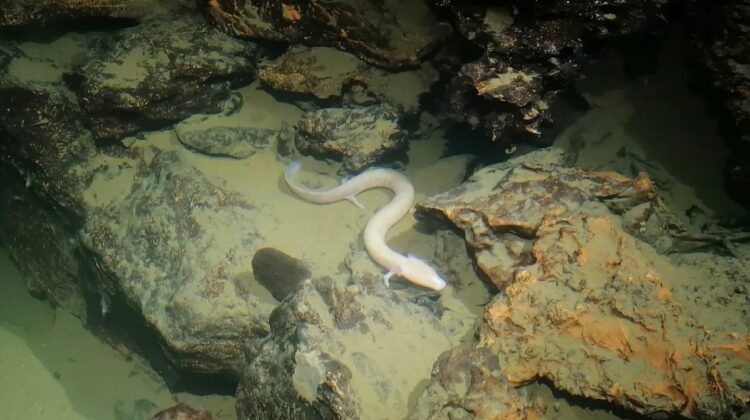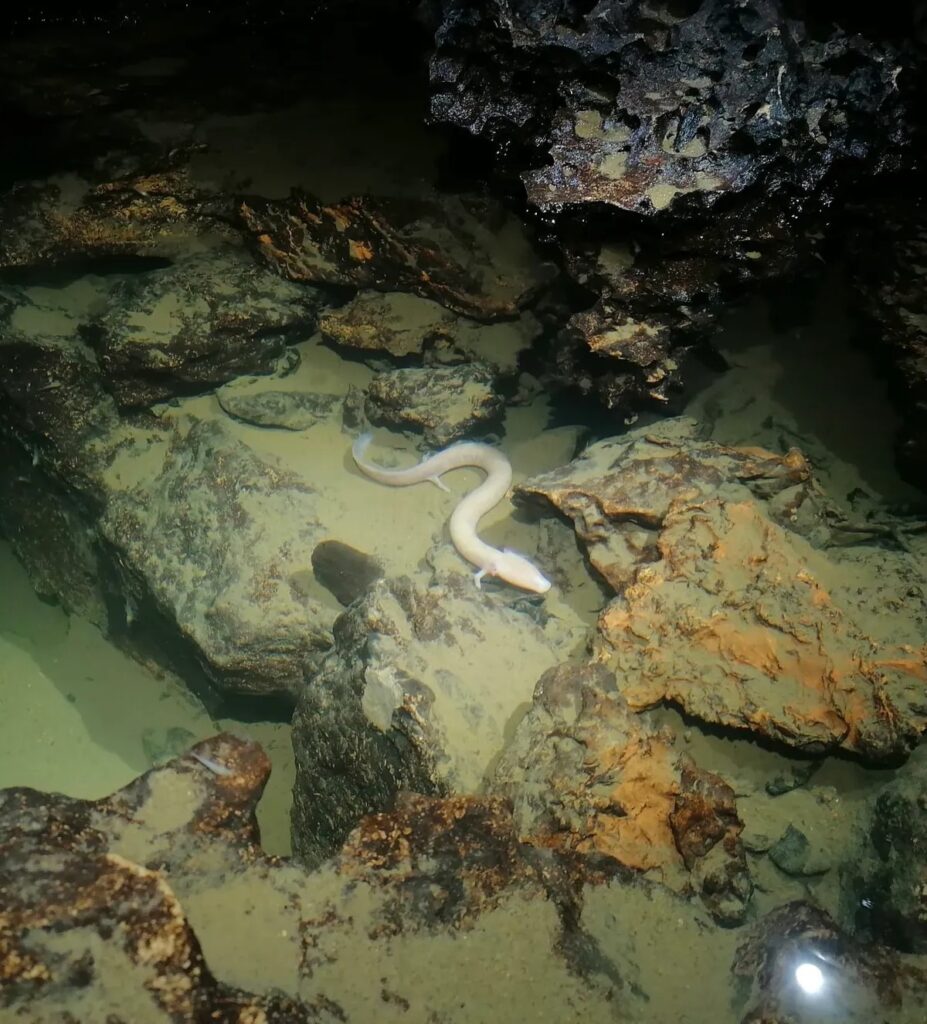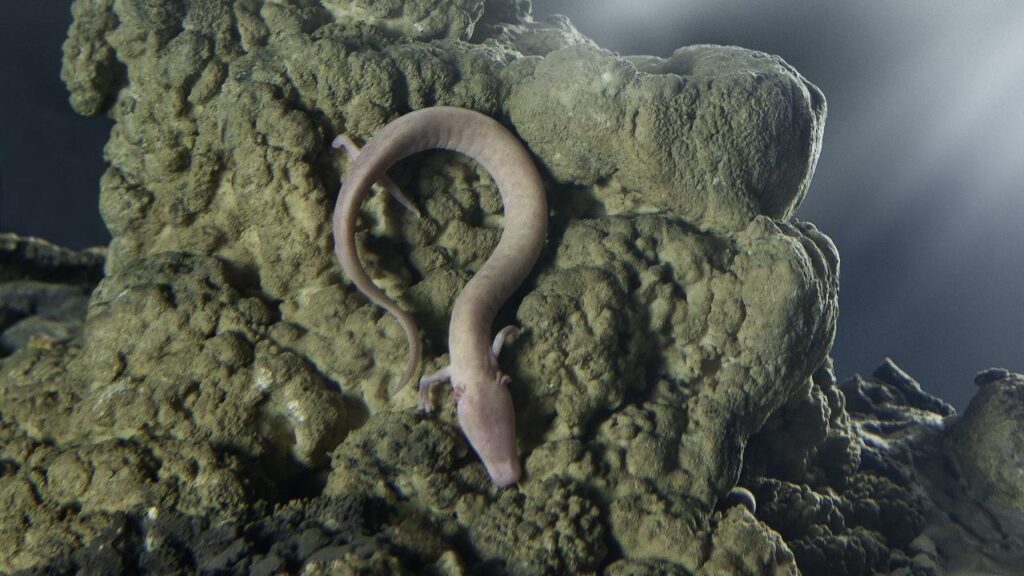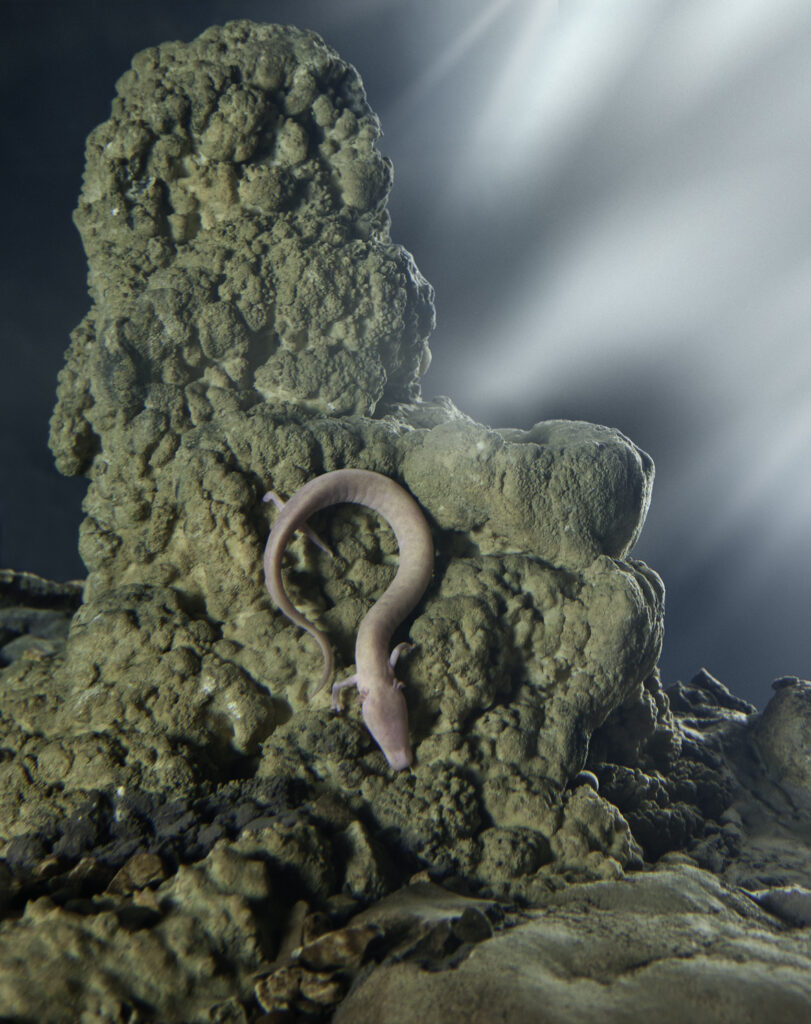
In a discovery that has left scientists and nature enthusiasts alike in awe, the elusive olm salamander—often referred to as the “baby dragon”—has been spotted venturing far from its underground lairs. These ghostly, blind creatures, once thought to be mythical beings, are now revealing secrets that could reshape our understanding of subterranean life. This groundbreaking revelation not only captivates the imagination but also offers a unique perspective for home and garden enthusiasts who appreciate the wonders of nature.
The Mysterious Olm: A Cave-Dwelling Enigma
The olm (Proteus anguinus) is a fascinating creature that has adapted to life in complete darkness. With its pale, almost translucent skin, lack of eyesight, and extraordinary sensory abilities, this salamander has long been a subject of intrigue. Found primarily in the underwater caves of Europe, olms were believed to be strictly bound to their subterranean habitats—until now.
Recent research has uncovered that these “baby dragons” are far more adventurous than previously thought. Scientists have documented olms venturing into aboveground springs in northern Italy, a behavior that challenges long-held assumptions about their lifestyle.

Surprising Surface Sightings
In 2020, researchers made an unexpected discovery: an olm swimming in an aboveground spring. This sighting was initially dismissed as a fluke, but further investigations revealed that olms are frequent visitors to surface habitats. The team observed these cave-dwelling salamanders in 15 different springs, often during daylight hours—a time when their sensitive, light-averse bodies would seemingly be at risk.
Even more astonishing was the discovery of an olm larva in one of these springs. This finding suggests that olms might occasionally breed outside their underground homes, a possibility that has never been documented before.

Feeding Above Ground: A New Twist
One of the most intriguing aspects of this discovery is the potential for olms to feed on surface-dwelling prey. Researchers handled 12 olms, five of which regurgitated earthworms—a food source not found in caves. This indicates that these salamanders are not only venturing to the surface but also actively hunting there.
Despite the energy required to travel between caves and springs, the olms appear to be thriving. Some individuals were even described as “downright plump,” defying expectations for a species adapted to the sparse resources of underground environments.
What This Means for Home and Garden Enthusiasts
For those passionate about home and garden ecosystems, the olm’s behavior offers a fascinating glimpse into the adaptability of nature. These findings remind us that even the most specialized creatures can surprise us with their resilience and versatility.

If you’re looking to create a garden that attracts and supports unique wildlife, consider incorporating elements that mimic natural springs or shaded, moist environments. Such features could provide a haven for amphibians and other creatures, fostering biodiversity right in your backyard.
The discovery of olms venturing to the surface is a testament to the wonders of the natural world. These “baby dragons” continue to captivate scientists and nature enthusiasts alike, offering new insights into the adaptability of life. For home and garden lovers, this story serves as a reminder of the beauty and mystery that can be found in even the most unexpected places.
By creating spaces that support diverse ecosystems, we can all play a part in preserving the magic of nature—right in our own backyards.

Leave a Reply